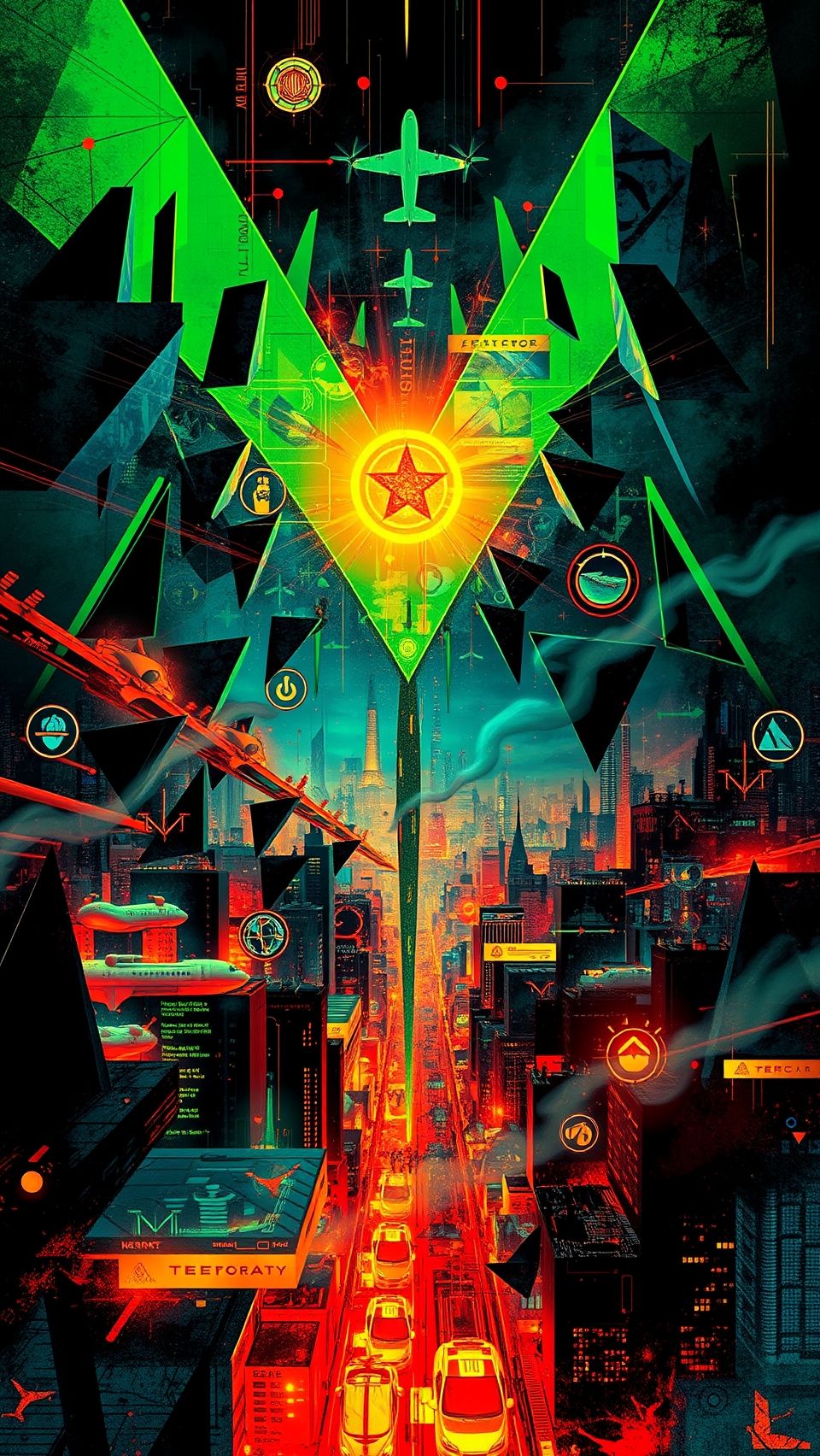Irobot Posts Sharpest Revenue Decline Yet As Sales Plummet 246 In Q3 2025
iRobot Corp., the manufacturer of popular Roomba robot vacuums, has reported its third-quarter …
14. April 2025

The Safety of Our Skies: Unpacking the Secret Service’s Counter-Drone Tech and its Implications for Reagan National Airport
On March 1, 2025, two Democratic Representatives, Rick Larsen and Bennie Thompson, sent a sharply worded letter to Department of Homeland Security (DHS) Secretary Kristi Noem and Transportation Secretary Sean Duffy, expressing deep concerns about the U.S. Secret Service’s deployment of counter-drone technology near Ronald Reagan Washington National Airport (DCA). The lawmakers warned that the technology had triggered erroneous air traffic alerts last month, endangering commercial and Coast Guard aircraft in one of the nation’s busiest airspaces.
The controversy surrounding the Secret Service’s counter-drone systems is complex and multifaceted. At its core, it raises fundamental questions about the regulation of counter-drone technology, the need for coordination between federal agencies, and the safety of our skies. In this article, we will delve into the details of the incident, exploring the role of counter-drone systems in disrupting aviation infrastructure and the broader implications for the drone industry.
The FAA’s Findings: A Lethal Convergence
According to FAA analysis, the erroneous alerts generated by the Traffic Collision Avoidance System (TCAS) at DCA were caused by the Secret Service’s counter-drone systems operating near a nearby Department of Defense (DOD) site. Unlike authorized counter-unmanned aircraft system (C-UAS) operations, which require FAA notification, the Secret Service failed to coordinate with aviation authorities, creating confusion in DCA’s complex airspace.
The incident highlights the risks associated with uncoordinated deployments of counter-drone technology near airports. The FAA’s findings suggest that the Secret Service’s system operated outside established protocols, which require C-UAS operators to issue Notices to Air Missions (NOTAMs) or coordinate with air traffic control. Without these safeguards, counter-drone signals can disrupt legitimate aviation operations, particularly in dense airspaces like DCA.
The role of TCAS is crucial in this context. The system relies on precise transponder data to calculate collision risks, typically within a 14-nautical-mile (26-kilometer) radius. When the Secret Service’s counter-drone systems emitted signals that TCAS misinterpreted as collision threats, flight crews were prompted to take evasive action. This led to confusion among pilots and air traffic controllers, increasing the risk of accidents.
Regulatory Gaps: A Growing Concern
The incident exposes gaps in the regulation of counter-drone technology, a growing concern for lawmakers and industry experts alike. The current regulatory framework is inadequate, leaving room for uncoordinated deployments of C-UAS systems near airports.
To address this issue, the Counter-UAS Authority Security, Safety, and Reauthorization Act was introduced in June 2024 by Larsen and Thompson. The bill seeks to expand DHS and FAA authority while enhancing coordination between federal agencies. However, with the bill stalled in Congress, the DCA incident underscores the urgency of legislative action.
Balancing Security and Safety: A Delicate Dance
The deployment of counter-drone technology near airports is a delicate balancing act. On one hand, securing airspace from rogue drones is crucial for protecting sensitive sites. On the other hand, the risk of disrupting legitimate aviation operations cannot be ignored.
To strike this balance, agencies must prioritize interoperability with aviation infrastructure. Solutions that integrate with FAA databases or employ AI-driven threat assessment could reduce risks, benefiting both security and the drone community.
The Future of Counter-Drone Technology
As investigations unfold, the drone and aviation industries will watch closely, knowing that the stakes—public safety, innovation, and trust—couldn’t be higher. The future of counter-drone technology is uncertain, but one thing is clear: coordination between federal agencies and a regulatory framework that prioritizes safety are essential for mitigating risks.
The incident at DCA serves as a wake-up call for lawmakers, regulators, and the drone industry to work together towards establishing clear protocols and regulations for counter-drone technology. By doing so, we can ensure that our skies remain safe for all users while still protecting sensitive sites from rogue drones.
Regulatory frameworks play a crucial role in balancing security and safety concerns. Effective regulations must take into account both the potential risks associated with unregulated drone systems and the benefits of innovation and growth in the industry.
The use of AI-driven threat assessment is becoming increasingly important in addressing the challenges posed by counter-drone technology. By leveraging advanced technologies, agencies can develop more effective strategies for identifying and mitigating risks associated with rogue drones.
Moreover, collaboration between federal agencies, lawmakers, and industry stakeholders is essential for establishing clear protocols and regulations for counter-drone technology. By working together, we can establish a framework that prioritizes safety while still promoting innovation and growth in the drone industry.
In conclusion, the incident at DCA highlights the need for improved regulation and coordination when it comes to counter-drone technology. By addressing regulatory gaps and establishing clear protocols, we can ensure that our skies remain safe for all users while protecting sensitive sites from rogue drones. The future of counter-drone technology is uncertain, but one thing is clear: collaboration, innovation, and a commitment to safety are essential for mitigating risks and promoting growth in the industry.
The development of effective regulations and protocols is crucial for addressing the challenges posed by counter-drone technology. By establishing clear guidelines and standards, we can ensure that our skies remain safe while still promoting innovation and growth in the drone industry.
In order to address the risks associated with counter-drone technology, regulatory frameworks must be developed that prioritize safety while also promoting innovation and growth in the industry. This requires a collaborative effort between federal agencies, lawmakers, and industry stakeholders.
Ultimately, the future of counter-drone technology depends on our ability to balance security and safety concerns. By establishing clear protocols and regulations, we can ensure that our skies remain safe for all users while protecting sensitive sites from rogue drones.